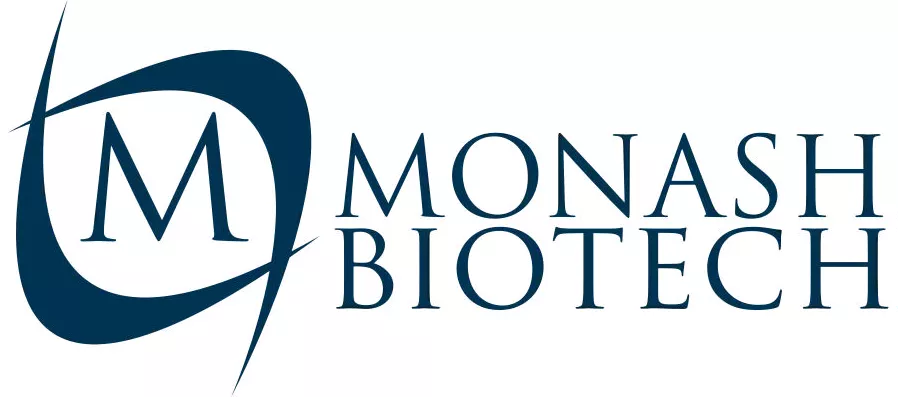Teratozoospermia: Understanding Abnormal Sperm Morphology
Introduction
Teratozoospermia is a condition characterized by an abnormally high percentage of morphologically abnormal sperm in a semen sample. It is one of the primary causes of male infertility and can significantly impact a couple’s chances of conceiving naturally.
Causes of Teratozoospermia
Genetic Factors : Genetic abnormalities can contribute to the development of abnormal sperm morphology.
Lifestyle Factors : Smoking, excessive alcohol consumption, drug use, obesity, and exposure to environmental toxins can negatively impact sperm health.
Infections : Infections of the reproductive system, such as sexually transmitted infections (STIs), can damage sperm and lead to abnormal morphology.
Hormonal Imbalances : Hormonal imbalances can disrupt sperm production and development, resulting in abnormal morphology.
Varicocele : This condition, characterized by enlarged veins in the scrotum, can elevate testicular temperature and impair sperm quality.
Medications : Certain medications can have adverse effects on sperm morphology, including chemotherapy drugs, steroids, and some antifungal medications.
Impact of Teratozoospermia on Fertility
Reduced Sperm Motility : Abnormal sperm morphology can impair sperm motility, making it difficult for sperm to reach and fertilize an egg.
Decreased Fertilizing Capacity : Sperm with abnormal morphology may have difficulty penetrating and fertilizing an egg.
Increased Risk of Miscarriage : Embryos conceived from sperm with abnormal morphology may have a higher risk of miscarriage.
Diagnosis of Teratozoospermia
Semen Analysis : A semen analysis is the primary diagnostic test for teratozoospermia. It involves examining a semen sample to assess sperm count, motility, and morphology.
Other Tests : Additional tests may be necessary to identify the underlying cause of teratozoospermia, such as hormonal tests, genetic testing, or imaging studies.
Treatment Options
Lifestyle Modifications : Making lifestyle changes, such as quitting smoking, reducing alcohol consumption, maintaining a healthy weight, and avoiding exposure to toxins, can improve sperm quality and fertility.
Medical Interventions : In some cases, medical interventions may be necessary to address underlying conditions contributing to teratozoospermia. This can include hormone therapy, surgical treatment for varicocele, or treatment for infections.
Assisted Reproductive Technologies (ART) : For couples with severe teratozoospermia, ART techniques such as intrauterine insemination (IUI) or in vitro fertilization (IVF) may be considered.
Teratozoospermia is a common cause of male infertility and can significantly impact a couple’s chances of conceiving. Understanding the causes and potential treatment options is essential for individuals facing this condition. With appropriate diagnosis and treatment, many couples with teratozoospermia can successfully achieve pregnancy.
FAQ's
Our Products
Blastomere Biopsy Micropipettes
Holding Micropipettes
Injection Micropipettes
Polar Body Biopsy Micropipettes
Trophectoderm Biopsy Micropipettes Bevelled
Trophectoderm Biopsy Micropipettes Flat
Support
Customer Support
Frequently Asked Questions
Chat on WhatsApp
Chat on FaceBook Messenger
Helpful Resources
Privacy Policy
Please note that the 3D models displayed on this website are for illustrative purposes only. Actual product dimensions, colors, and finishes may vary. These models should not be considered a precise or guaranteed representation of the final product.
© 2025 Monash Biotech. All Rights Reserved.
Designed & Developed by Goafreet Company


